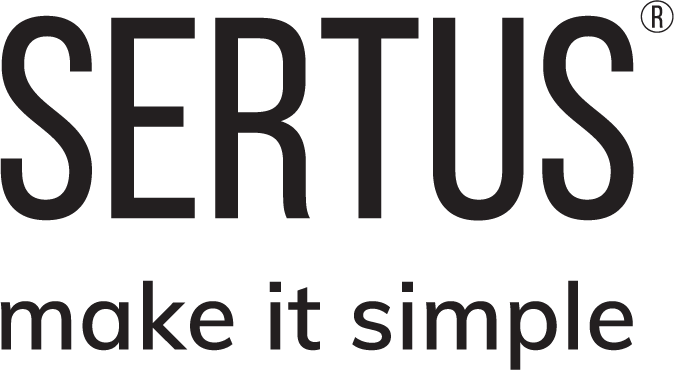How to service and maintain smoke control systems – 2022 update
Servicing and maintaining smoke control systems is absolutely crucial, and this blog offers a 2022 update on what you need to do…
This blog is going to run through the actions and timeframes of the servicing and maintenance of smoke control systems. There’s also a video on our YouTube channel if you’d prefer to watch.
It’s recommended you look into the relevant standards where possible. These are BS 7346-8, BS EN 12101-10 and Annex I of BS 9999.
To begin with, there must be a weekly inspection of the system. This inspection needs to be undertaken by a named and suitably trained member of the premises management team or building owner, as stated by the Regulatory Reform (Fire Safety) Order 2005 (RRO). Within the weekly tests, there need to be checks on whether the natural vents open, smoke dampers close, and any smoke curtains deploy. If instead of a natural smoke ventilation system, there was a mechanical smoke ventilation system in place, there should be checks on the fans to determine whether they’re running to a satisfactory standard. If a backup generator is present, the fuel level should also be checked.
Alongside the weekly inspection, you also need to simulate the actuation every three months. This is relevant to all smoke control systems. All zones should be separately tested and you’ll also need to make sure all fans and powered exhaust ventilators operate correctly.
Here’s what you’ll need to make sure of as part of the checks:
The agreed “cause and effect” requirements must function correctly, with the system responding to any planned method of initiation.
You’ll then need to check that if the primary power were to be removed, the secondary supply operates within the interruption time of 15 seconds as specified in section 6.3.1 of BS EN 12101-10.
Thirdly, it’s vital to check that if duty equipment were to fail, the standby equipment operates.
After this, you’ll need to make sure all batteries are within the manufacturer’s recommended life cycle. Labels should be visible in the ordinary position of the batteries.
As a final check, you must make sure that all fault monitoring functions are in full working order.
Arrangements must also be made for annual inspections, while tests must be carried out by competent and qualified professionals, for certificates of testing to be obtained. It’s imperative this annual inspection is carried out to identify unmonitored faults, to take preventative measures and to ensure the continued reliability of a system. It’s also necessary to make the user aware of any changes to the building which affect the protection that the system is designed to give.
With maintenance needing to be carried out by a professional, ideally said professional should be third-party certified. The best examples of these certifications are IFC SDI 19 and IFC SDI 05.
Extra key points
Where maintenance is carried out by a third party, generally an engineer must attend the premises within at least 24 hours of a call from the user.
The name and phone number of the third party maintenance engineer must be visibly displayed at the main control panel and the records and documentation kept updated.
Lastly, all faults and/or damage should be recorded by the user in the system logbook, and arrange for repair to be carried out as soon as possible.
If you have any questions regarding this topic, please don’t hesitate to contact us and speak to our friendly team who will be happy to talk you through the options available. If you’d like to continue learning about smoke ventilation, you’ll find some helpful resources on our blog and YouTube channel.
